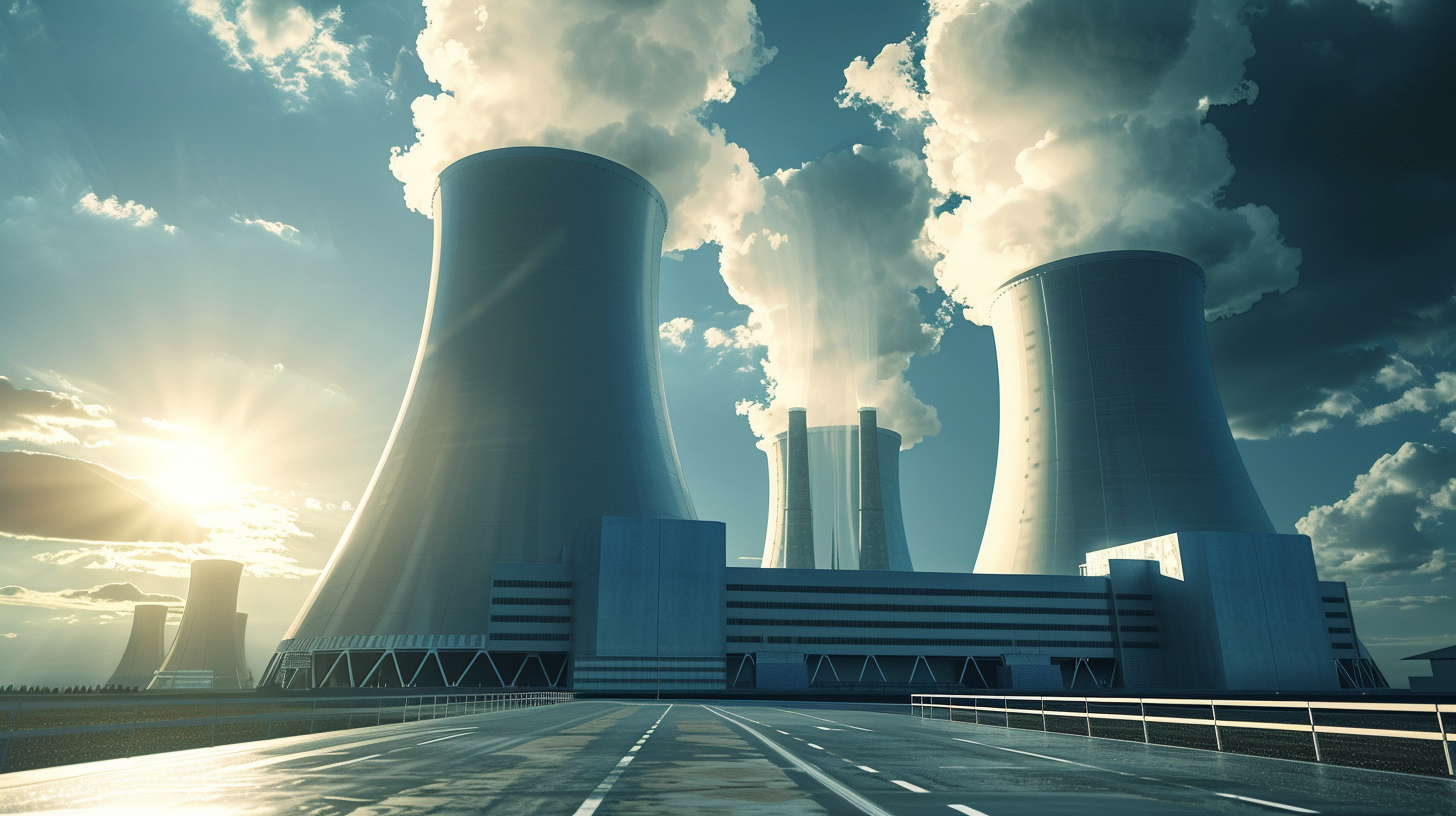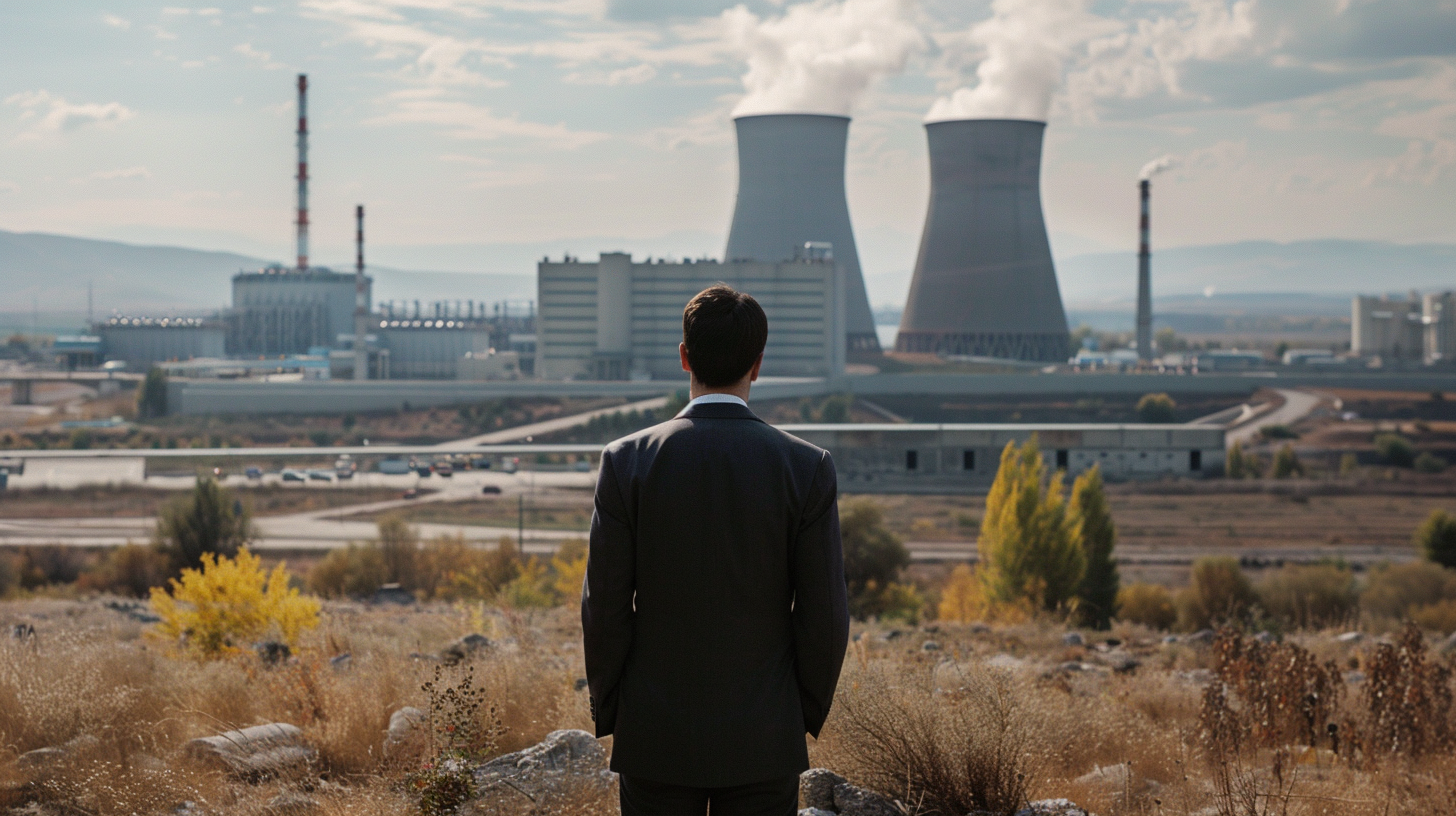| Key Points: – Meta signs 20-year deal for 1.1 GW of nuclear power from Clinton Clean Energy Center. – Supports grid stability and emissions goals, keeping the Illinois plant from closing. – Part of broader tech shift toward nuclear as AI and data center power demands grow. |
Meta has taken a major step toward securing its clean energy future with the announcement of a 20-year agreement to purchase nuclear power from Constellation Energy. Beginning in 2027, the tech giant will buy approximately 1.1 gigawatts of electricity annually from the Clinton Clean Energy Center in Illinois—effectively the full output of the plant’s sole nuclear reactor.
This long-term deal highlights the increasing role of nuclear power in the digital economy, as energy-intensive data centers drive up electricity demand. For Meta, which has pledged to power its operations with 100% clean energy, the agreement is a crucial move to ensure long-term, zero-emission power availability.
The Clinton Clean Energy Center has faced financial uncertainty in recent years. It has operated with the support of zero-emissions credits since 2017, which recently expired. Without a new revenue source, the facility was at risk of early retirement. Meta’s commitment not only guarantees the plant’s continued operation but also supports its potential relicensing and even a modest expansion of its output by 30 megawatts.
While the electricity generated at Clinton will not directly power Meta’s data centers, the deal helps ensure a consistent flow of clean energy to the regional grid. In turn, this strengthens the broader power infrastructure that supports Meta’s energy goals.
This marks Meta’s first official investment in nuclear energy and comes amid a broader trend of tech companies aligning with the nuclear sector. In recent months, Microsoft agreed to buy power from a restarted reactor at Three Mile Island, and Amazon has poured over $500 million into the development of small modular reactors (SMRs). Google is also investing in new nuclear projects and advanced reactor developers.
All three tech giants—Meta, Google, and Amazon—signed a pledge earlier this year calling for a global tripling of nuclear energy production by 2050. The pledge reflects growing consensus in the tech world that nuclear power is essential for achieving deep decarbonization while meeting soaring energy demand.
This partnership also comes as the U.S. government accelerates support for nuclear expansion. President Trump recently signed a series of executive orders aimed at reducing regulatory barriers and developing a domestic supply chain for nuclear fuel. These actions are intended to pave the way for faster deployment of advanced reactors, especially SMRs, which are seen as more scalable and cost-effective than traditional nuclear facilities.
Although Meta’s current agreement focuses on a legacy reactor, the company has signaled strong interest in the next generation of nuclear technology. In December, it issued a request for proposals from developers of advanced nuclear projects, seeking to add between one and four gigawatts of new capacity in the U.S. That process is still underway and represents Meta’s broader ambition to shape the future of clean, reliable power.
Constellation, meanwhile, has hinted that it may pursue a new permit to build an SMR at the Clinton site, signaling long-term potential for growth and innovation at the facility.







